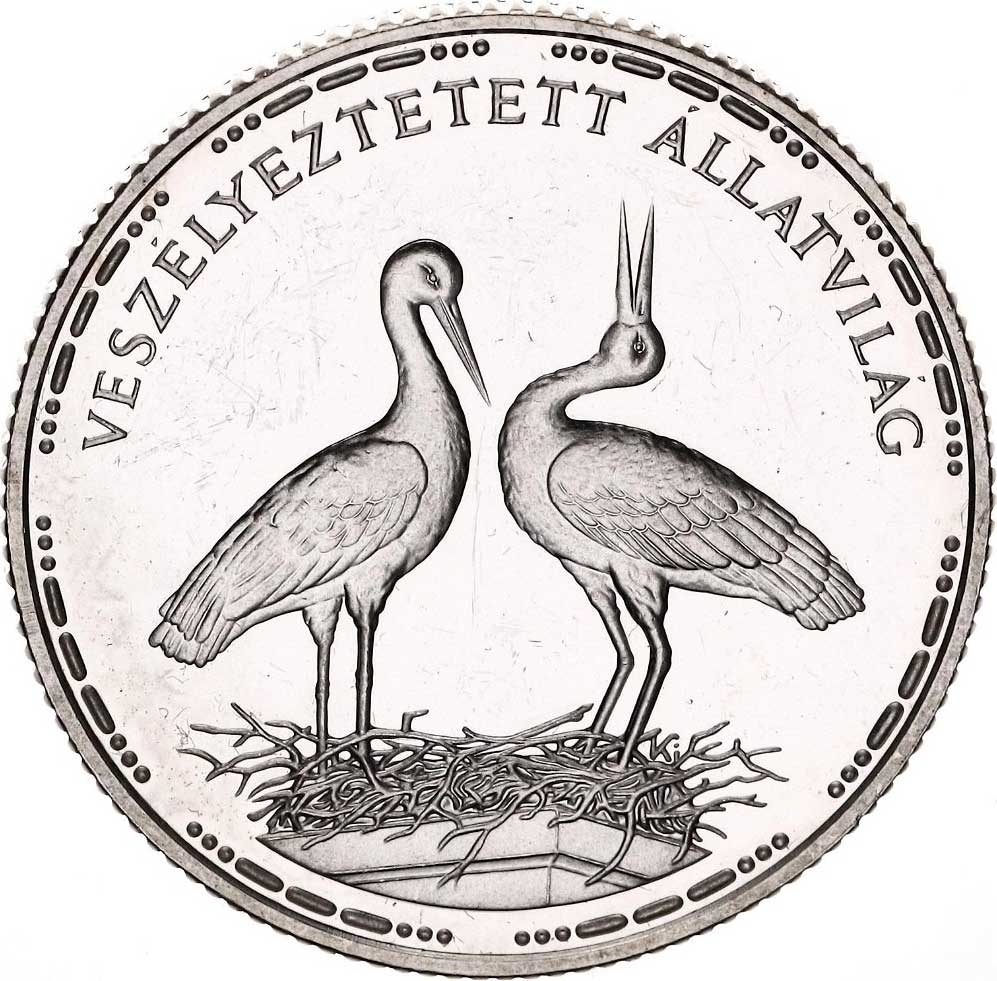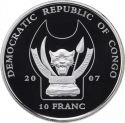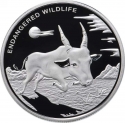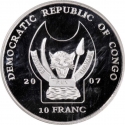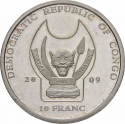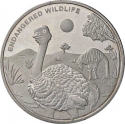You are about to finish your registration. Please check your mailbox (including spam folder). There should be a letter with a confirmation link. Check setting to make sure that your e-mail address is correct.
Send letter againDescription
The plight of the white stork reflects both human-induced environmental changes and conservation endeavors. Once a common sight nesting on chimneys and poles, habitat loss due to agricultural intensification and wetland drainage, coupled with pesticide use reducing prey availability, led to a decline in populations, notably in Hungary where the species became endangered. Conservation efforts, such as habitat restoration, protected area establishment, and awareness campaigns, have been implemented to safeguard this culturally significant bird.
Engraver: István Kósa
Obverse

|
Depicts a pair of storks in their nest, with the stork on the right displaying a clattering posture. Surrounding the coin's border are Morse code S.O.S. signals, with the inscription "ENDANGERED WILDLIFE" at the top. VESZÉLYEZTETETT ÁLLATVILÁG |
|---|---|
Reverse

|
Depicts a globe covered with small continuously written "S.O.S." letters, representing the continents. Nestled into the lower part of the globe is the coat of arms of the Republic of Hungary, with the issuance year, curved to the left and the mint mark to the right, along with the designer's initials. Along the edge of the coin, within a border formed by Morse code S.O.S. signals. MAGYAR KÖZTÁRSASÁG |
| Edge |
200 Forint
Third Republic
Endangered Wildlife
White Storks
Subscribe series
KM# 688 Schön# 196 Adamo# EM126
Endangered Wildlife
White Storks
